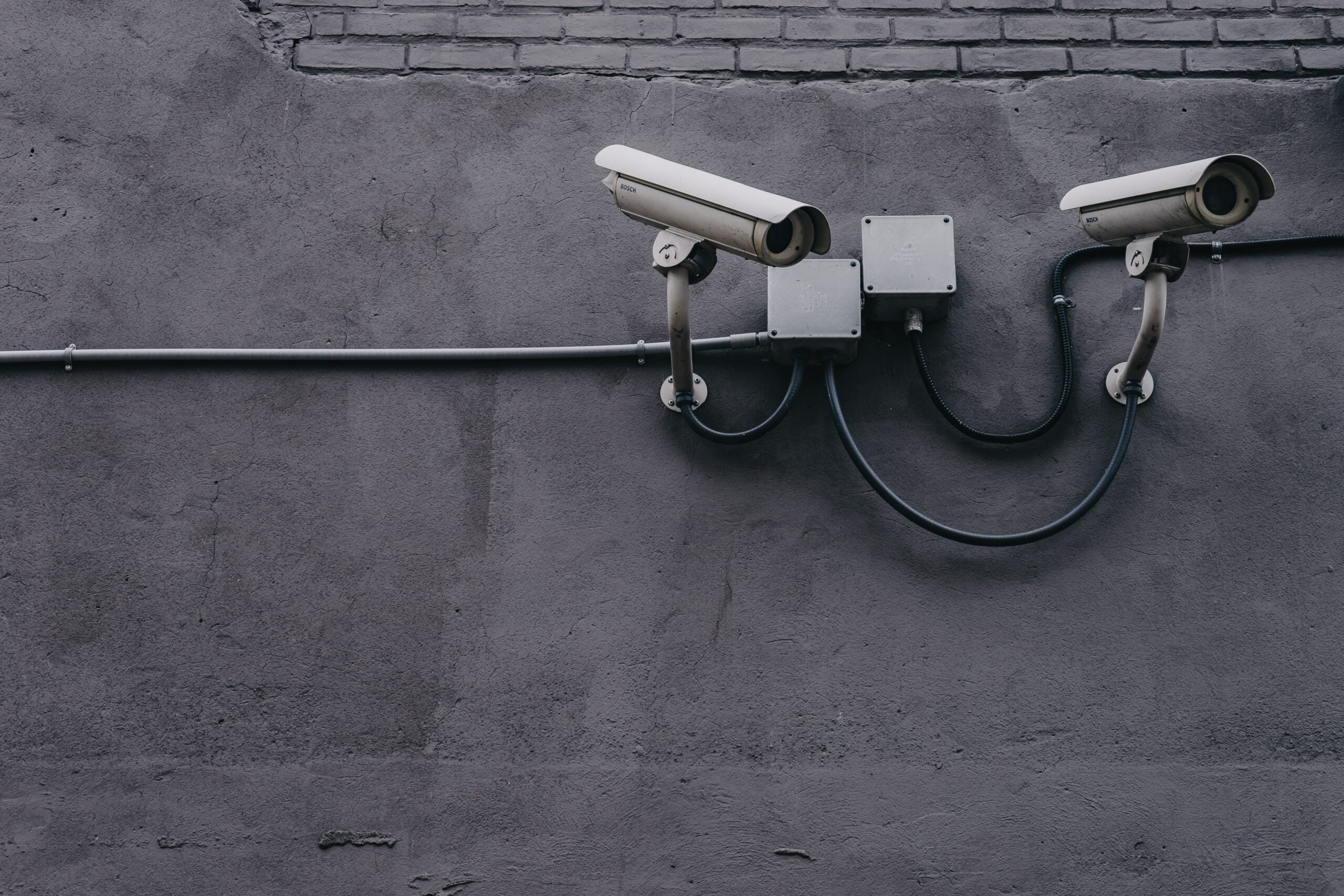
Use TLS/SSL
One of the most important steps in securing email servers is to employ TLS (Transport Layer Security) or SSL (Secure Sockets Layer) for encrypting emails in transit. By encrypting the communication between email clients and servers, TLS/SSL helps prevent data breaches and man-in-the-middle attacks. This ensures that sensitive information remains confidential and protected.
Implement Authentication Mechanisms
To enhance security, it is crucial to use SMTP authentication mechanisms. SMTP authentication ensures that users securely log in to the server before sending emails. This prevents the server from being used as a spam relay and helps maintain the reputation of the email server. By verifying the identity of the sender, authentication mechanisms add an extra layer of protection against unauthorized access.
Use Port 587
While traditional SMTP servers use port 25 for email communication, it is advisable to use port 587 for enhanced security. Port 587 is specifically designated for email submission and is often preferred over port 25. Using port 587 ensures that clients send emails securely to the server, reducing the risk of interception or tampering.
Spam Filters and Virus Scanning
Utilizing spam filters and virus scanning is essential to protect email servers from malicious content. Spam filters help screen incoming emails for suspicious or unsolicited messages, reducing the chances of users falling victim to phishing attempts or other email-based threats. Additionally, employing virus scanning software helps block emails that contain malware, preventing potential infections and data breaches.
Updates and Patch Management
Regularly updating the mail server software and operating system is crucial for maintaining a secure email environment. Software updates often include security patches that address vulnerabilities and weaknesses. By promptly applying these updates, you can ensure that your email server is protected against the latest threats and exploits.
Access Control and Log Management
Restricting access to the SMTP server is an essential security measure. Only necessary users and systems should have access to the server, minimizing the risk of unauthorized access. Additionally, maintaining detailed logs of all activities on the server allows you to monitor and track any abnormal access or activities. These logs can be invaluable for identifying potential security incidents and investigating any suspicious behavior.
Rate Limiting and Connection Restrictions
To prevent Denial of Service (DoS) attacks, it is advisable to implement rate limiting and connection restrictions. Setting connection limits at the network level or configuring rate limits for outgoing emails helps prevent the server from being overwhelmed by excessive traffic. By controlling the number of connections and emails sent, you can ensure the stability and availability of your email server.
Implementing these best practices will significantly enhance the security of your email server. By encrypting email communication, implementing authentication mechanisms, using secure ports, employing spam filters and virus scanning, keeping software up to date, managing access control and logs, and implementing rate limiting and connection restrictions, you can minimize the risk of data breaches, unauthorized access, and other email-related security incidents.
RELATED POSTS
View all


